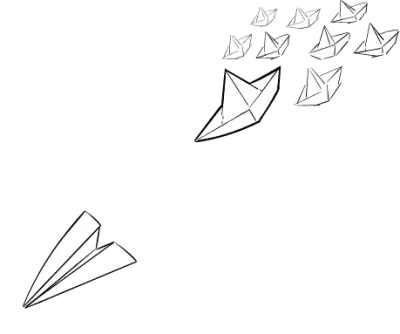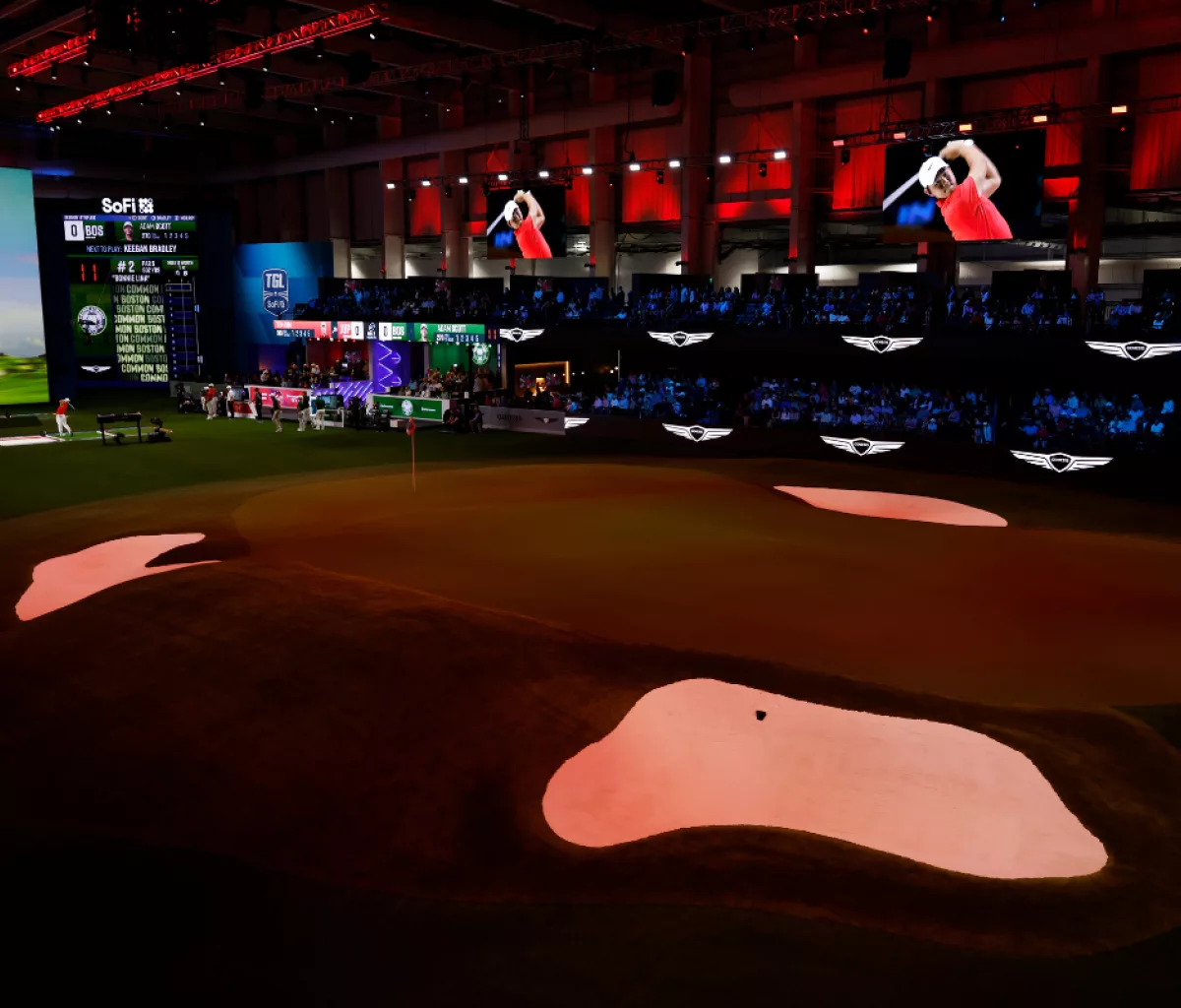
Wait...Golf isn't Boring?
Let's be honest: not many people can say they have watched an entire round of golf on TV.
Unlike other major sports in the U.S., golf coverage stretches across four days with nearly 40 hours of broadcast time. It’s slow. It’s repetitive. And to most casual viewers, it’s boring.
Golf is one of the oldest and most tradition-focused sports—defined more by etiquette and history than innovation.
Enter TGL—a new league founded by Tiger Woods, Rory McIlroy and sports executive Mike McCarley. Designed to reimagine how golf is played and consumed, TGL brought a fresh, high-tech format to a notoriously slow-moving sport.
Here’s the setup:
7 teams (with new expansion teams expected to be announced before next season)
4 PGA Tour players per team
Played in a custom-built indoor arena in Palm Beach, FL
Primetime broadcast on Monday and Tuesday nights on ESPN
So what was their goal?
Create a more consumable product
Reach a younger demographic
Was it successful?
In format alone, absolutely. TGL trades hushed commentary and slow walks down fairways for fast-paced action, big-screen drama and even some trash talk. It’s a tighter, more watchable sport that is perfect for building quick, compelling highlight reels that thrive on social media.
The early numbers show high rates of engagement, signifying the product has been a hit among target audiences.
TGL Season 1 by the numbers:
- 513,000 average viewers per match
21% increase over the previous year’s college basketball broadcasts in the same slot
19.3 million unique viewers tuned in during the regular season
- 51.9 years old was the median age for a TGL viewer, making it the second youngest among major North American sports (only the NBA was younger at 50.3)
A decade younger than the PGA Tour’s average of 62 years old
.
Credit: TGL presented by SoFi
Now, let's take a step back from all the golf talk.
You don’t have to be a sports fan to learn something from what TGL is doing. At its core, this isn’t just a story about golf. It’s a case study in how to rethink a product that people have grown tired of, or a product that has untapped potential in today’s digital landscape. TGL didn’t change the game of golf. They rebuilt the experience to match how modern audiences consume content: short-form, high-energy and social media friendly.
Here's what we can learn:
Know your audience (and how they've changed)
TGL noticed that much of their potential audience wasn’t turned off by golf itself. They just weren’t interested in watching it unfold over 10 slow hours. They want something that fits into their lifestyle. People are much less likely to commit to long-form content when there are faster, more engaging options everywhere they look. If your customer has changed, your product probably needs to evolve too. Look for ways to refine, update or simply rethink what “value” looks like to them now.
Don't be afraid to challenge the norm
The first golf tournament was televised in the 1950s and today they still air on ESPN, NBC and CBS. If it’s not broke don’t fix it… right? Wrong.
Sure, we don’t need to constantly change our product, but we can continuously evaluate it. TGL saw an opportunity for golf to break away from its traditions and appeal to a new audience. A good question to ask yourself is: What would this product look like if we started from scratch with today’s user in mind?
Meet people where they are
TGL didn’t ask viewers to change their habits. They brought their product to a time slot and a platform that fit into modern routines. For businesses, this means showing up in the channels and spaces your customers already use. Your audience shouldn’t have to work hard to find you, understand you or buy from you. Don’t be afraid to interact with your customers and become part of the conversation—not just a brand in the background.
Make the experience as memorable as the product
What people remember about TGL isn’t just the golf. It’s the energy, the technology and the atmosphere. In the same way, people don’t just buy what you sell. They remember how you made them feel. Whether it’s your branding, tone or customer service, every interaction adds up. Think about what it feels like to do business with you and how that could set you apart.
Reinvention doesn’t mean completely starting over, and sometimes, it’s not even necessary. But pay attention. To your audience. To the moment. And listen to the signals that point you toward opportunity. Even if it means challenging what’s been done for years or decades. The businesses that are willing to adapt are the ones that stay ahead.










